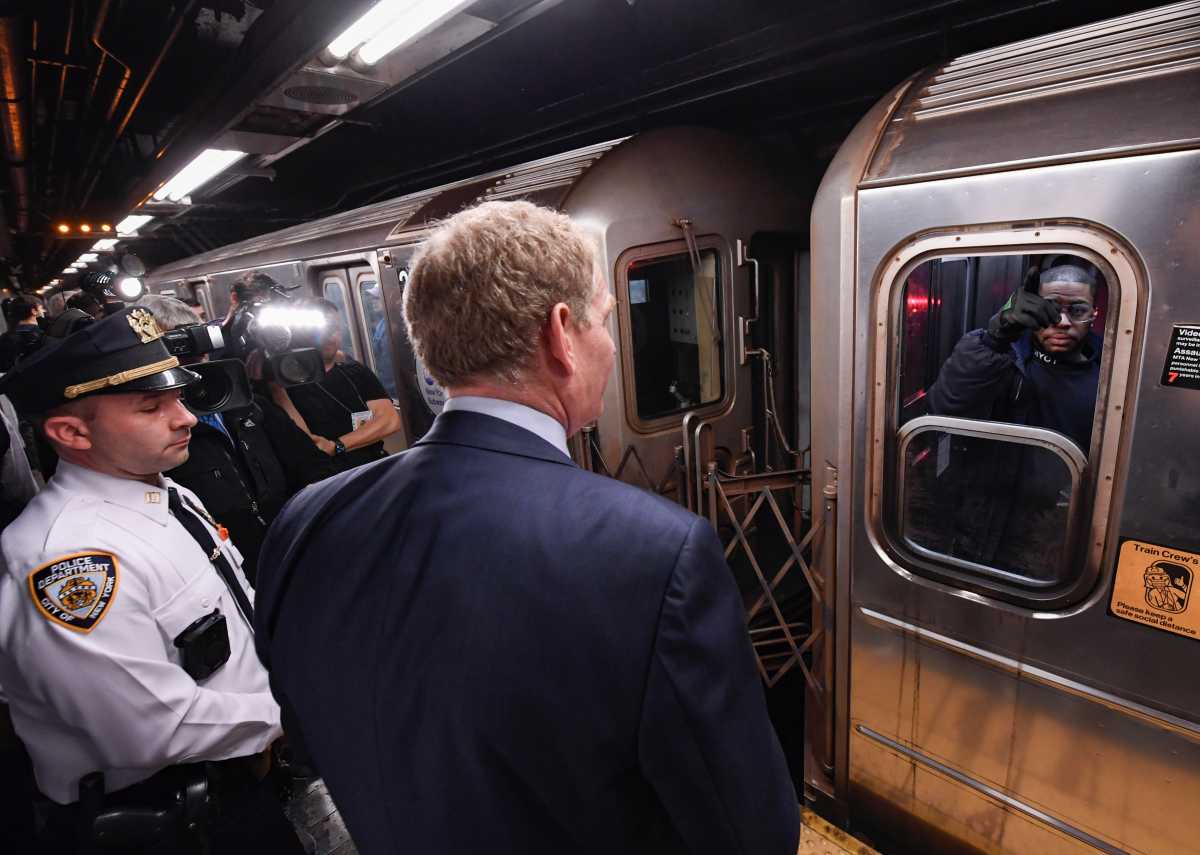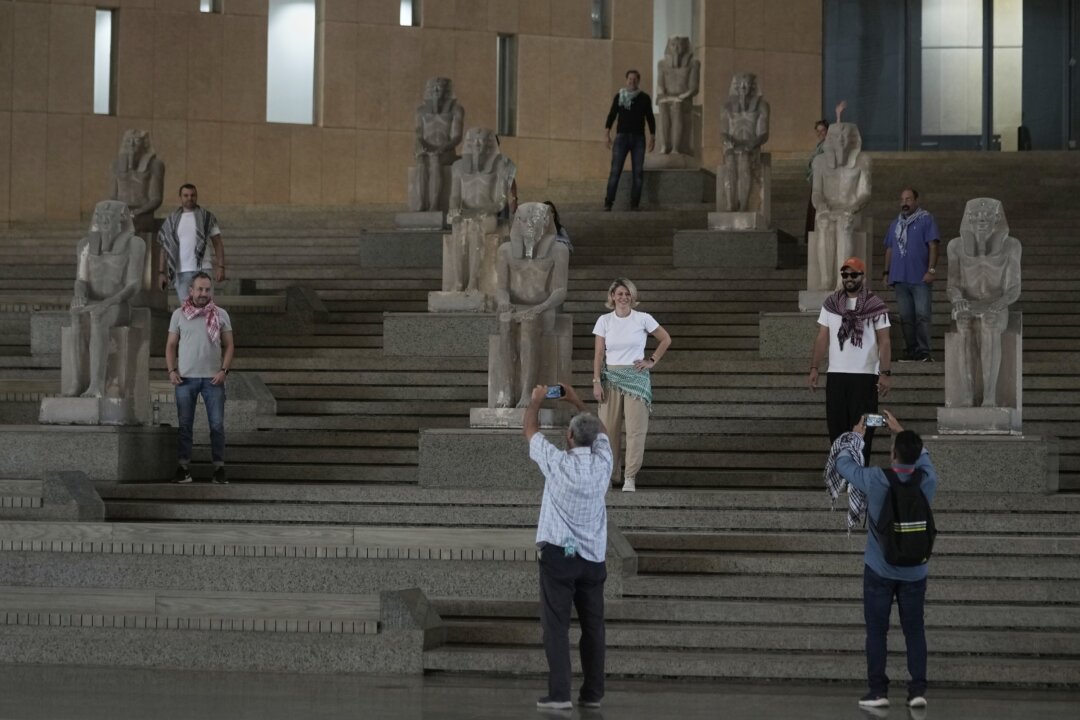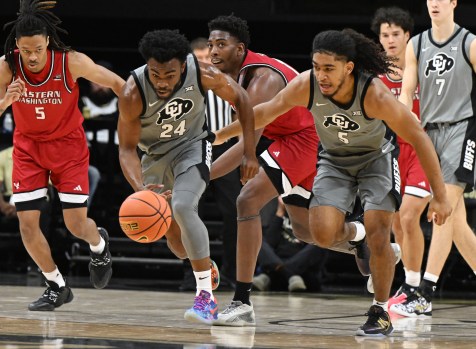UPDATE: A pivotal decision looms for New York City commuters as Governor Kathy Hochul weighs a controversial bill that could mandate conductors on nearly all subway trains indefinitely. This legislation, known as S4091 and A4873, was recently passed by the state legislature and is currently under review by Hochul, who has until December 31, 2023, to sign it.
The implications of this decision are profound. While some subway lines already operate without conductors, supporters of the bill argue that having two staff members on board is essential for public safety and operational reliability. John Samuelsen, president of the Transit Workers Union, emphasized the importance of conductors, stating, “Conductors are the eyes and ears of trains and platforms.”
Currently, conductor-less trains run on select routes, including the Times Square shuttle and the G train during nighttime hours. This ongoing shift raises concerns among commuters about safety as they navigate the subway system, particularly amid rising crime rates.
Samuelsen is adamant that the presence of conductors enhances safety for both passengers and staff. “The amount of track fires, which cause evacuations in NYC, dwarfs the amount of track fires in other systems throughout the world,” he remarked. The union leader further warned that they would resort to a strike if necessary to protect conductor jobs.
However, not everyone agrees with the necessity of a two-person crew. A recent study from the NYU Marron Institute of Urban Management analyzed global subway systems and found that fewer than 6.25% have two staff members aboard, questioning the effectiveness of such a mandate in New York, which has the largest subway system in the United States.
Critics argue that the legislation could undermine significant investments aimed at improving subway operations. The researchers from NYU stated, “New York’s elected officials should leave the train operations to the train operators.” Samuelsen dismissed these claims, labeling them as “garbage” and asserting the unique complexities of NYC’s subway system.
For riders, the presence of conductors offers peace of mind, especially during late-night travel. One commuter shared, “Especially when it’s late, when it’s dark, when I’m alone. I like knowing that person is there.” Another echoed this sentiment: “I think it’s best to have two people on the train, due to all the issues that occur on the train, like accidents, assaults.”
As the deadline for Hochul’s decision approaches, the fate of subway conductors hangs in the balance. The outcome could significantly alter the operational landscape of the MTA and impact the safety and experience of millions of daily riders.
Stay tuned for further updates on this developing story as we await Governor Hochul’s critical decision.







